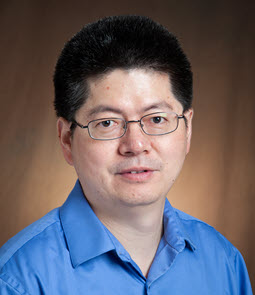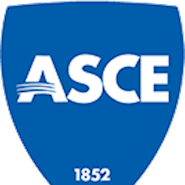
Mijia Yang, Ph.D., F.ASCE, a tenured professor at the department of civil, construction, and environmental engineering, North Dakota State University, has been named a fellow by the ASCE Board of Direction.
Yang has practiced teaching and research quite broadly in structural engineering. He has taught structural analysis, steel structural design, reinforced concrete design, timber and form design, advanced steel structural design, dynamics of structures, earthquake engineering, etc., for almost 20 years. His favorite topics are always on the steel side. Connecting shapes of steel with their responses always brings excitement for him and his students, whether it is for farm product storage or bridges.
His research concentrates on impact and blast protection with advanced engineering materials, smart health monitoring in civil infrastructure, self-heating concrete, and development of solar snow fence and its application in reducing snow and ice removal along highways. His representative work has included developing a systematic design method for impact barriers, a unified fatigue criterion for uniaxial polyurethane e-glass composite laminates, damage detection through guided wave and computer vision techniques, and a creep design methodology for epoxy-bonded anchor systems.
Yang is currently serving as the associate editor of ASCE’s Journal of Materials in Civil Engineering and has more than 100 publications, including journal papers, conference papers, and reports in the field of composites, structural testing, characterization, and condition assessment.
He has been involved with ASCE since he was a graduate student, from a student member to a full professional member. He was and currently is the faculty advisor of the NDSU ASCE student chapter and serves the local professional community. On the technical side, he currently serves as the secretary of the Retrofit of Structures Under Dynamic Loads Committee and as a member of the Aerospace Advanced Materials and Structures Committee.
Yang also has two patents granted. One is on a solar energy power conversion system and the other is on bistable bond lattice structures for blast-resistant armor appliques. Both are cultivated from his research projects and benefit the civil engineering field at large.
He received his doctoral degree in structural engineering in 2006. Before joining NDSU, he worked as an assistant professor at the University of Texas at San Antonio from 2007 to 2011 and was a postdoctoral researcher at the University of Nebraska–Lincoln from 2006 to 2007.



